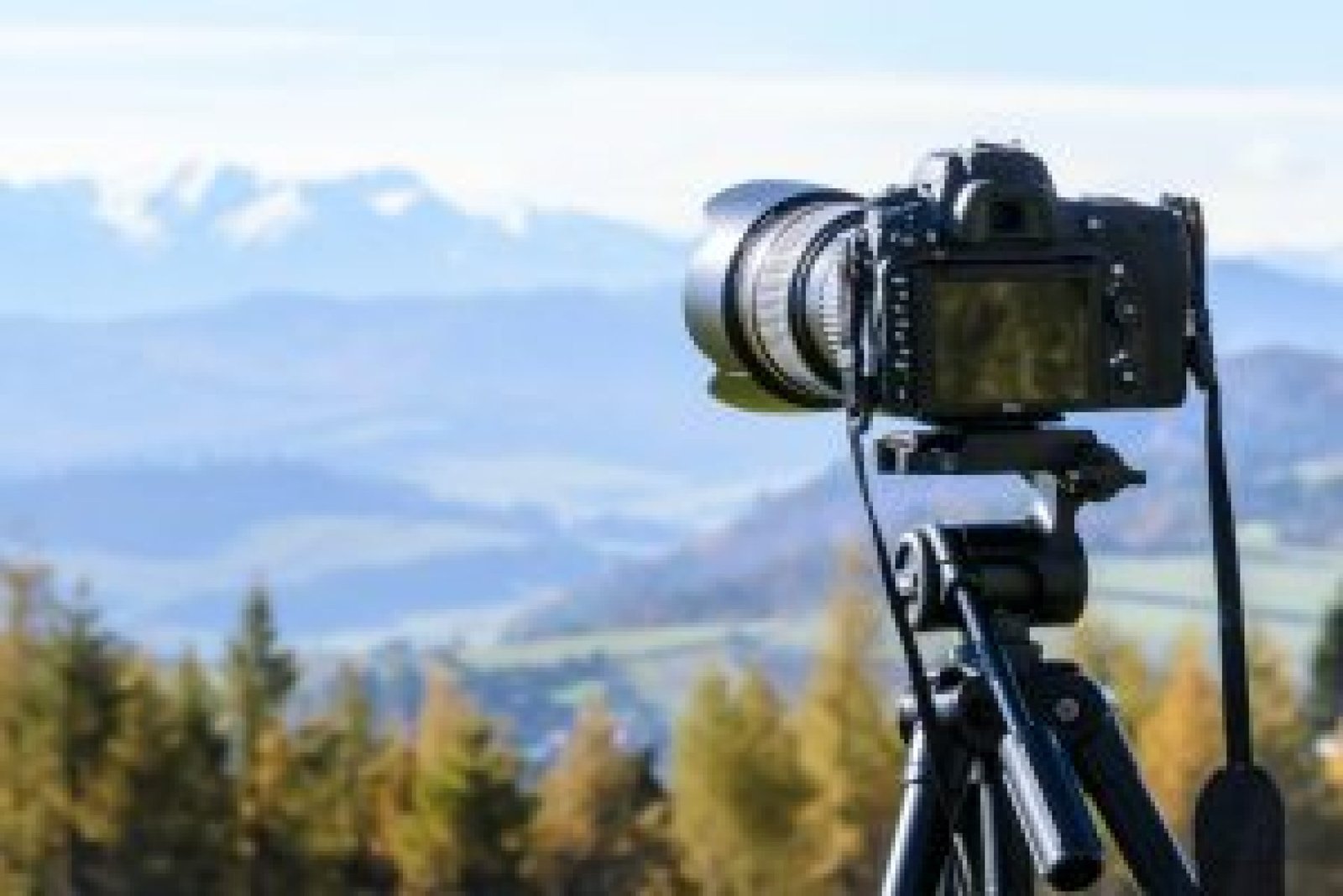Nature Photography: Capturing the Beauty of the Great Outdoors
Nature photography is a form of photography that focuses on capturing the beauty of the natural world. It is a way to showcase the awe-inspiring landscapes and wildlife that exist around us, and to share these experiences with others. In this article, we will explore the world of nature photography, including its history, techniques, and equipment.
History of Nature Photography
Nature photography has been around since the invention of photography itself. In the mid-19th century, photographers such as William Henry Fox Talbot and Gustave Le Gray were already experimenting with capturing landscapes and natural scenes. However, it wasn’t until the late 1800s that nature photography truly came into its own as a genre.
One of the most influential nature photographers of this time was Carleton Watkins, who captured the beauty of Yosemite National Park in California. His work helped to popularize the idea of using photography to document and showcase the natural world.
Techniques of Nature Photography
There are a variety of techniques that can be used to capture the beauty of nature through photography. Some of the most important include:
Composition
Composition refers to the way that elements are arranged within the frame of the photograph. A good composition can make an ordinary scene look extraordinary, and can draw the viewer’s eye to the most important elements of the image.
Lighting
Lighting is crucial in nature photography, as it can dramatically impact the mood and tone of the image. Photographers often seek out the “golden hour,” which refers to the hour just after sunrise or just before sunset when the light is warm and soft.
Depth of Field
Depth of field refers to the range of distance within an image that is in focus. In nature photography, a shallow depth of field can be used to isolate a subject and blur the background, while a deep depth of field can be used to capture the entire scene in sharp focus.
Exposure
Exposure refers to the amount of light that is allowed to enter the camera. Proper exposure is essential in nature photography, as it can affect the overall quality and clarity of the image.
Equipment for Nature Photography
In order to capture the beauty of nature through photography, you will need a few key pieces of equipment. These include:
Camera
The camera is the most important piece of equipment for nature photography. A high-quality camera with a good sensor and lens will allow you to capture sharp, detailed images.
Lens
The lens is also crucial in nature photography. A wide-angle lens can be used to capture sweeping landscapes, while a telephoto lens can be used to get up-close shots of wildlife.
Tripod
A tripod is essential for nature photography, as it will help you to keep your camera steady and avoid camera shake.
Filters
Filters can be used to modify the light entering the camera and can help to enhance the colors and mood of the image.
FAQs
- What is the best time of day for nature photography?
The “golden hour,” which refers to the hour just after sunrise or just before sunset, is generally considered the best time of day for nature photography.
- What type of lens is best for nature photography?
A wide-angle lens can be used to capture sweeping landscapes, while a telephoto lens can be used to get up-close shots of wildlife.
- Do I need a high-end camera for nature photography?
While a high-quality camera can certainly help to produce better images, you don’t necessarily need a top-of-the-line camera to take great nature photos. Many entry-level DSLRs or mirrorless cameras can produce high-quality images when paired with a good lens.
- How do I find good locations for nature photography?
Research and planning are key to finding good locations for nature photography. Look for areas with beautiful landscapes, interesting wildlife, or unique natural features, and research the best time of day or year to visit.
Conclusion
Nature photography is a beautiful and rewarding form of photography that allows us to capture and share the beauty of the natural world. Whether you are a professional photographer or a hobbyist, there are many techniques and pieces of equipment that can help you to capture stunning images of the great outdoors.
Related Posts
The Canon Fisheye Lens: Bringing Your Photography to New Depths
7Artisans 35mm F/0.95: A Perfect Lens For Photography Enthusiasts
History of photography | History, Inventions, Artists, & Events




